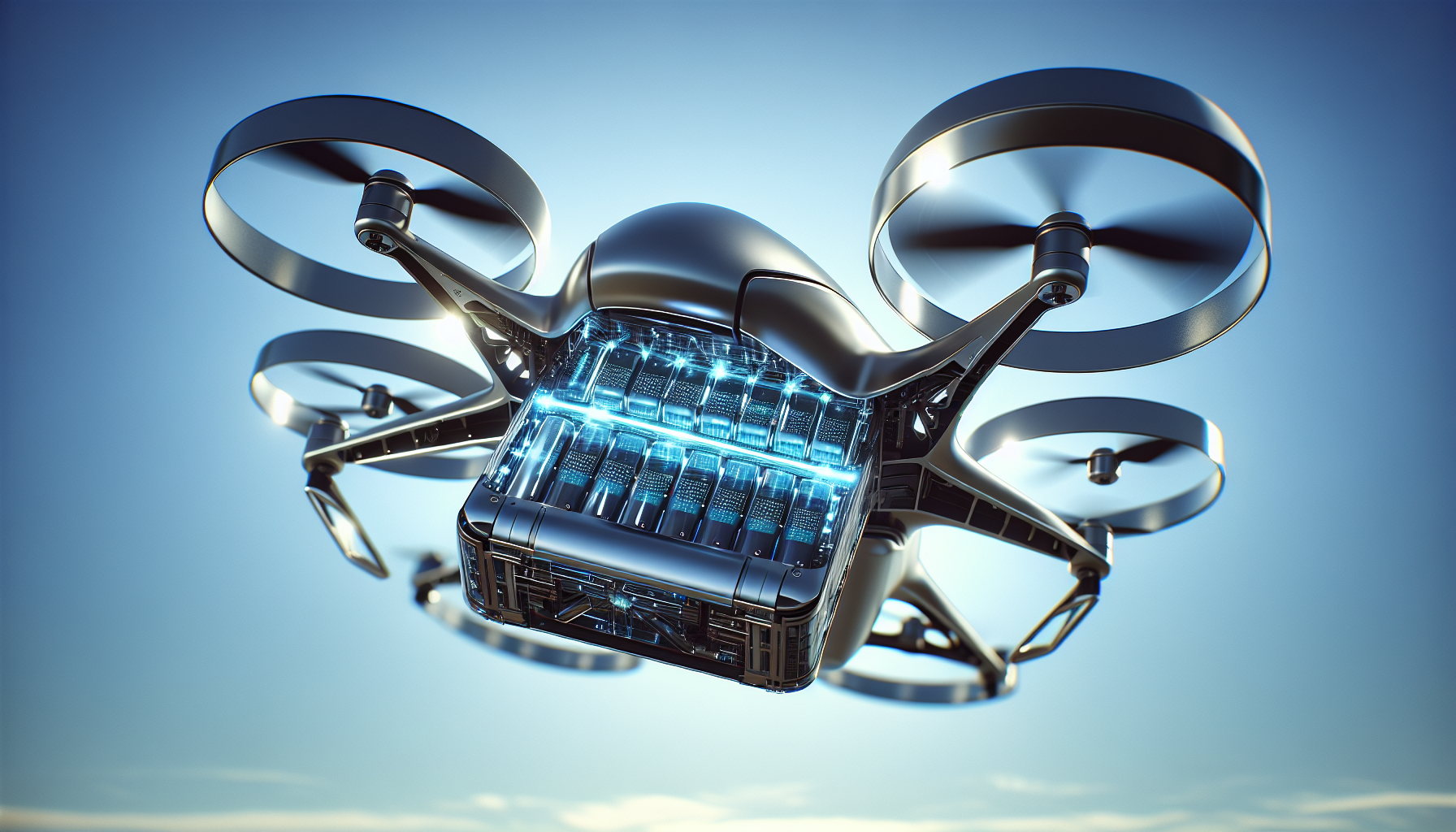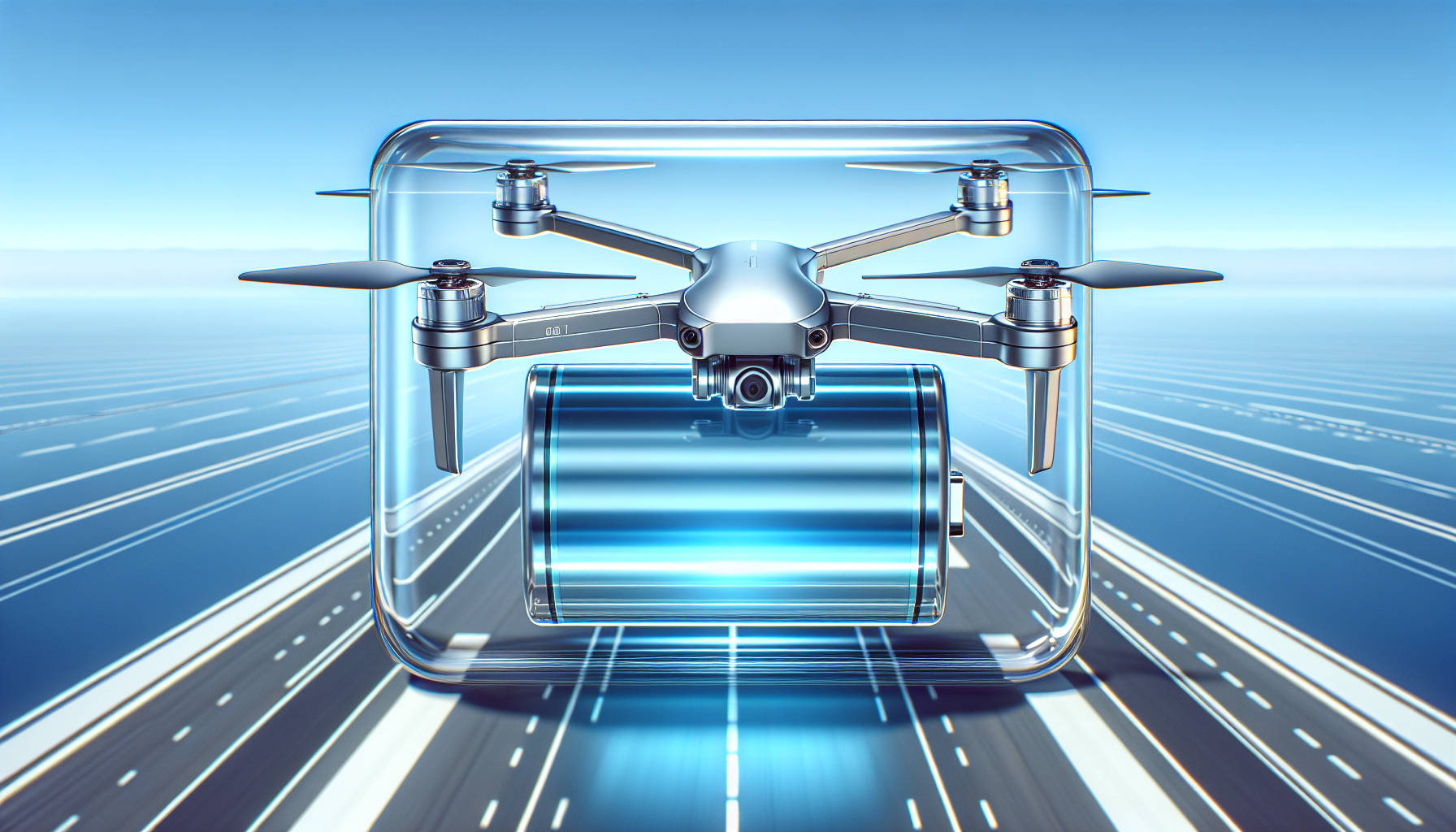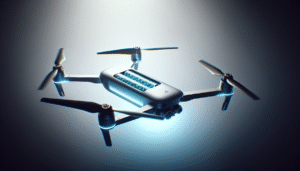Have you ever wondered what truly powers the future of drones? As someone who is fascinated by technology and flight, I find myself asking this question quite often. With the rapid advancements in drone technology, we now face the question: are solid-state drone batteries ready for flight in 2025? Join me on this journey of exploration as I unravel the details of this emerging technology.

The Age of Solid-State Batteries
To understand the world of drone batteries, one must first grasp the basics. At their core, batteries have been the silent heroes of numerous technological innovations. But what makes solid-state batteries a hot topic today? Let’s break it down.
What Are Solid-State Batteries?
Solid-state batteries represent a seismic shift in how we think about storage power. Unlike traditional lithium-ion batteries that use liquid or gel electrolytes, these batteries employ solid electrolytes. This change promises several advantages that make them worthy contenders for the future.
Key Differences:
- Electrolyte Material: Solid versus liquid.
- Energy Density: Typically higher for solid-state.
- Safety: Reduced risk of leakage and fire.
Why Choose Solid-State for Drones?
Given the environment in which drones operate, the choice of their power source is crucial. Solid-state batteries offer several benefits for drones which make them particularly appealing.
Advantages for Drones:
- Increased Flight Time: Higher energy density translates to longer flights.
- Safety Improvements: A reduced chance of overheating addresses safety concerns.
- Weight Reduction: Smaller and lighter batteries improve efficiency.
Current State of Battery Technology in Drones
Let’s take a step back and assess where we currently stand. Understanding the modern landscape of drone batteries provides context for why solid-state might be the next big leap.
Traditional Lithium-Ion Batteries
Currently, most drones rely on lithium-ion batteries. These are dependable and have powered numerous types of drones for years. However, they also carry limitations that might be addressed by solid-state technology.
Comparison Table: Lithium-Ion vs. Solid-State Batteries
| Feature | Lithium-Ion | Solid-State |
|---|---|---|
| Energy Density | Moderate | High |
| Safety | Moderate risk of overheating | Low risk due to solid electrolyte |
| Charge Time | Long | Potentially shorter with tech advances |
| Weight | Heavier | Generally lighter |
Challenges with Lithium-Ion
While lithium-ion is still predominant, several issues nudge researchers towards searching for alternatives like solid-state batteries.
- Temperature Sensitivity: These batteries can be quite finicky regarding temperature changes.
- Lifecycle: Over time, they lose their ability to hold a full charge.
- Safety Concerns: Risks such as battery swelling and fire hazards persist.

The Timeline to 2025: Are Solid-State Batteries Ready?
Looking towards the future, the timeline leading to 2025 will be crucial. How realistic is it to expect solid-state batteries to be mainstream for drones by then? Let’s analyze the path ahead.
Technological Developments Needed
For solid-state batteries to capture the skies by 2025, several technological hurdles need to be overcome.
- Manufacturing Challenges: Scaling production while maintaining quality.
- Material Innovations: Developing more efficient solid electrolytes.
- Cost Reduction: Making production cost-effective for widespread use.
Current Research and Innovations
Thankfully, many initiatives are driving the innovation needed for this transformation. Several companies and research institutions are deeply invested in unlocking the potential of solid-state batteries.
Notable Players:
- Companies like QuantumScape and Toyota are leading the charge.
- Universities and research centers worldwide are actively conducting pivotal studies.
Feasibility and Predictions
Considering all this, can we realistically expect widespread drone deployment with solid-state batteries by 2025? While optimistic, it is crucial to keep an eye on development timelines and investment flows.
The Impact of Solid-State Batteries on Drone Design
With a new power source comes a shift in design philosophy. Solid-state batteries have the potential to open doors to innovative drone designs and features.
Redesigning for Efficiency
Solid-state batteries allow engineers to rethink space utilization within drones. A more compact power source can mean sleeker and more aerodynamic designs.
Possible Improvements:
- Greater Payload Capacity: Maximizing the internal space for payload instead of battery.
- Enhanced Flight Stability: Reduced weight contributes to better balance and control.
Integration into Consumer and Professional Drones
The adoption of solid-state batteries will not be limited to professional drones. Consumer drones also stand to gain significantly from these advancements.
- Consumer Drones: Longer battery life means more fun and better photo opportunities.
- Professional Drones: From agriculture to delivery, improved efficiency and range expand operational horizons.
Regulatory and Market Considerations
A technological leap doesn’t occur in isolation; it interacts with market forces and regulatory frameworks. Let’s look at how these elements interplay in the context of drone batteries.
Regulation and Safety Standards
As with all innovations, safety and regulation remain paramount. The shift to solid-state batteries will necessitate new standards and practices in the industry.
- Safety Testing: Rigorous testing regimes will be essential to certify new battery types.
- Regulatory Frameworks: Policies must evolve to accommodate and govern these advances.
Market Readiness and Consumer Acceptance
Will the market be ready to adopt these batteries by 2025? For technology to succeed, both manufacturers and consumers must see tangible benefits.
Factors to Consider:
- Cost: Is it a financially viable option for the average consumer?
- Trust: Do consumers trust the safety and longevity of solid-state batteries?
Conclusion: Taking Flight with Future Energy
In wrapping up, it’s clear that solid-state batteries hold significant promise for the world of drones. The pathway to 2025 is filled with challenges but also great potential. As someone who revels in the promise of technology, I am excited to see how these batteries might redefine what drones are capable of achieving.
With ongoing research, investment, and innovation, solid-state batteries could very well be ready to take flight in 2025. But like all advancements, it’ll require collective effort from scientists, companies, and consumers alike. So, are we ready to take this leap together? I like to think we are—so let’s stay tuned for the ride!


